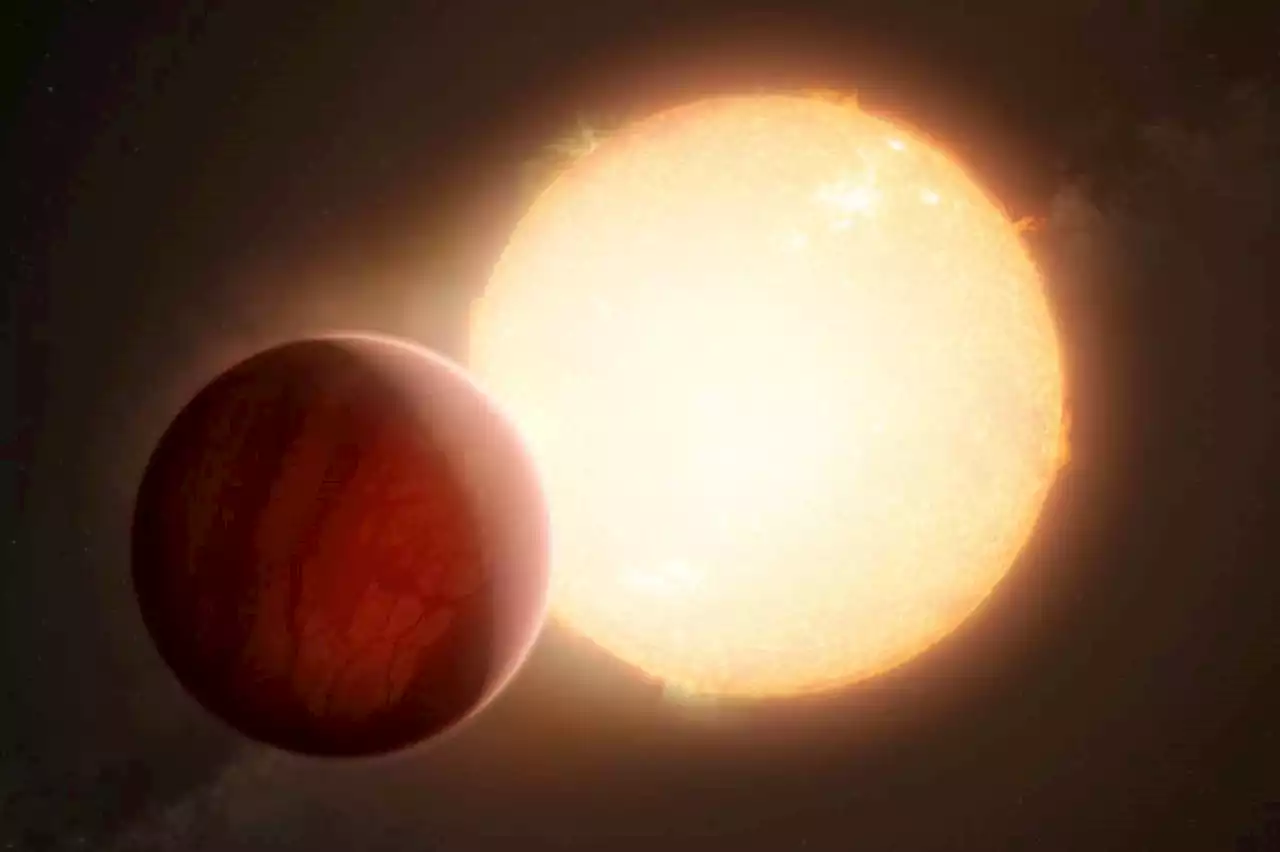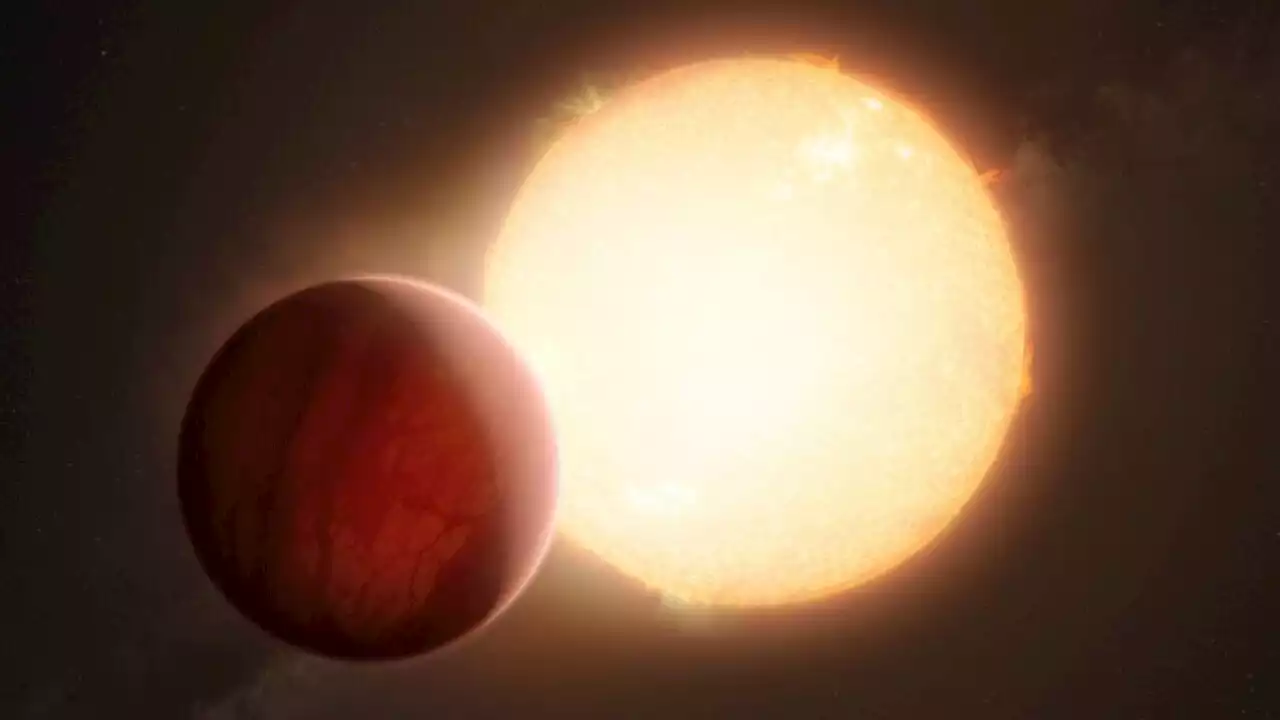Astronomers have discovered a chemical element often used to make fireworks within the atmosphere of two sizzling exoplanets where liquid iron and gems rain down from the skies
Sign up for CNN’s Wonder Theory science newsletter. Explore the universe with news on fascinating discoveries, scientific advancements and more. Astronomers have spotted an unexpected chemical element high within the atmosphere of two sizzling exoplanets where liquid iron and gems rain down from the skies. The two exoplanets, which orbit separate stars beyond our solar system, are ultrahot gas giants called WASP-76b and WASP-121b.
This is similar to how our moon orbits Earth. On the dayside, temperatures begin at 4,040 F at the deepest layer of the atmosphere and reach 5,840 F at the top layer. Scientists spotted WASP-76b for the first time in 2016. It orbits a star in the Pisces constellation 640 light-years away from Earth. This exoplanet is also tidally locked, so on its dayside, which faces the star, temperatures exceed 4,400 F .
United States Latest News, United States Headlines
Similar News:You can also read news stories similar to this one that we have collected from other news sources.
 Two exoplanets have a strangely heavy element floating in their skiesAstronomers have found barium floating high in the atmospheres of two sweltering exoplanets, and they don’t know how such a heavy element ended up where it is
Two exoplanets have a strangely heavy element floating in their skiesAstronomers have found barium floating high in the atmospheres of two sweltering exoplanets, and they don’t know how such a heavy element ended up where it is
Read more »
 Astronomers discover heaviest exoplanet element yet on alien world so hot it rains ironAstronomers have detected barium around the ultra-hot gas giants WASP-76 b and WASP-121 b.
Astronomers discover heaviest exoplanet element yet on alien world so hot it rains ironAstronomers have detected barium around the ultra-hot gas giants WASP-76 b and WASP-121 b.
Read more »
 Two exoplanets have a strangely heavy element floating in their skiesAstronomers have found barium floating high in the atmospheres of two sweltering exoplanets, and they don’t know how such a heavy element ended up where it is
Two exoplanets have a strangely heavy element floating in their skiesAstronomers have found barium floating high in the atmospheres of two sweltering exoplanets, and they don’t know how such a heavy element ended up where it is
Read more »
 Astronomers discover heaviest exoplanet element yet on alien world so hot it rains ironAstronomers have detected barium around the ultra-hot gas giants WASP-76 b and WASP-121 b.
Astronomers discover heaviest exoplanet element yet on alien world so hot it rains ironAstronomers have detected barium around the ultra-hot gas giants WASP-76 b and WASP-121 b.
Read more »
